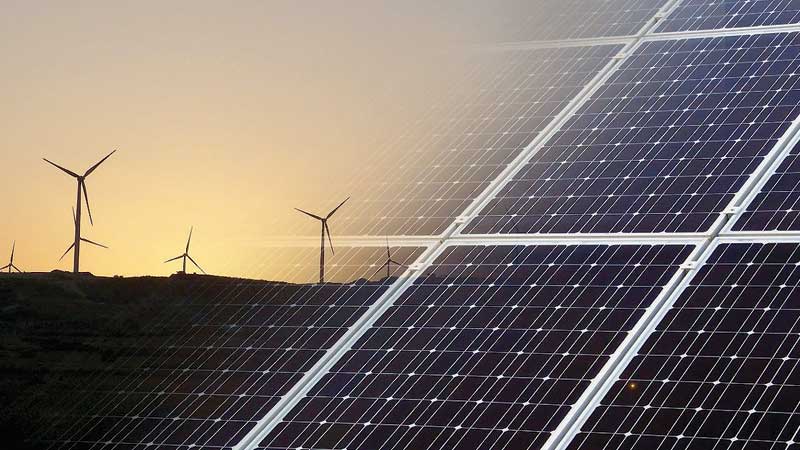

BUSINESS REPORTER -
MUSCAT, Dec 29 -
The Arab Petroleum Investments Corporation (APICORP), a multilateral development financial institution, published its ‘MENA Power Investment Outlook 2020-2024’ on Tuesday, highlighting key regional developments and prevalent trends in the power sector over the short and medium terms.
Among the report’s key findings is the emergence of the MENA region as a strong candidate for becoming a major blue and green hydrogen-exporting region due to the combination of low-cost gas resources and low-cost renewable energy.
Another key trend noted by the report is the expected uptick in planned investments directed to power transmission and distribution projects in several countries over the next five years, driven by the rise of renewables and focus on boosting regional interconnectivity.
The role of the private sector and financing in the power sector however is still largely dependent on sector reforms and government guarantees.
Typically, highly leveraged power projects in the region continue to be largely financed based on non-recourse or limited recourse structure with typical debt-equity (D/E) ratios in the 60:40 to 80:20 range, or even an 85:15 D/E ratio for lower-risk projects backed by strong government payment guarantees. However, regulatory reforms to support renewables and the impact of the 2020 crisis may change this balance.
The health, economic and financial fallout stemming from the COVID-19 pandemic has cost the global economy an estimated $1 trillion, and its impact was felt disproportionately and differently across various sectors. In the power sector, the pandemic underscored the criticality of stable electricity supplies and digital services to the economy and had a tangible effect on power demand across its three major sectors — residential, commercial and industrial sectors.
As industries and businesses reduced their operations and people spent more time at home due to lockdowns, the share of the residential sector’s electricity consumption increased at the expense of the industrial and commercial sectors.
In MENA markets, the residential sector accounts for 41 per cent of the total power demand, followed by industrial and commercial sectors at 21 per cent and 20 per cent, respectively, with the remaining 18 per cent comprised of other sectors such as agriculture and transport, as well as network losses.
Shift in power supply mix
The impact of the COVID-19 pandemic and oil price volatility led to a steady increase in the share of renewables and nuclear technologies in the power supply mix worldwide. The main accelerators for this increased penetration in the MENA region are twofold: the unprecedented cost declines in renewable energy, and governments’ renewable energy targets – which range from 13 per cent to 52 per cent of installed capacity by 2030.
However, the intermittency of renewable power sources and lack of grid-scale storage solutions means that fossil fuels – namely natural gas – and nuclear, will remain indispensable in the power supply mix in the foreseeable future.
Oman Observer is now on the WhatsApp channel. Click here



